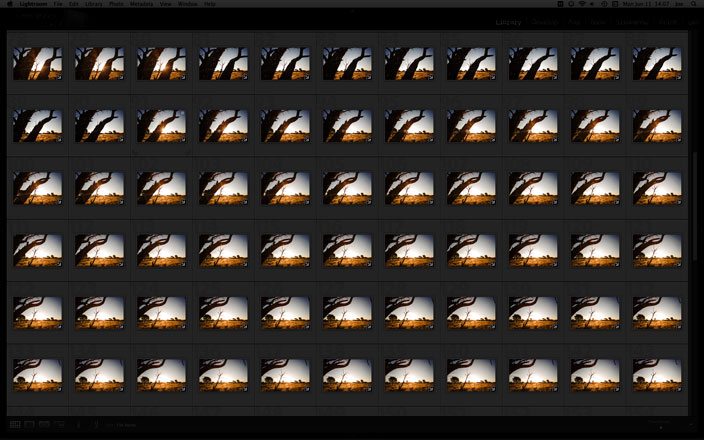TIMELAPSE
What is TIMELAPSE PHOTOGRAPHY? According to Wikipidea, and somewhat of a technical explanation: “Time-lapse photography is a technique whereby the frequency at which film frames are captured (the frame rate) is much lower than that used to view the sequence. When played at normal speed, time appears to be moving faster and thus lapsing. For example, an image of a scene may be captured once every second, then played back at 30 frames per second. The result is an apparent 30-times speed increase. Time-lapse photography can be considered the opposite of high speed photography or slow motion.”
In more simple words, timelapse photography is the TECHNIQUE used to photograph things that is happening SLOWLY (like a flower opening up) to produce a “faster version” in a video clip of just a few seconds.
You take a SERIES OF STILL PHOTOS, lets say 400 or even 4000 images, in a specific timeframe of 1 hour or even 1 week. When the time has lapsed you then edit the still images together creating a video clip, more commonly known as Timelapse photography. Today this technique is more widely seen in television productions of all sorts and it’s regularly seen in productions by the BBC (and many others) such as Planet Earth or Human Planet.
By making use of a MOTORISED DOLLY it allows you to add MOTION through linear movements thus adding that 2nd dimension to your shots. You can also add additional pan-tilt motion with the Merlin Telescope head or alike.
The images below is taken from a timelapse clip to illustrate the movement from the beginning to the end of your shot. Notice the difference in COMPOSITION between the first frame and the last frame (this is not the full sequence of images).
